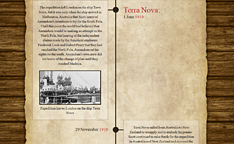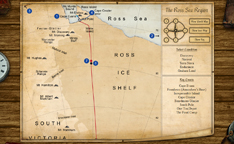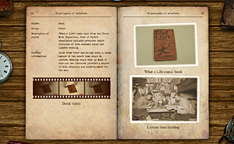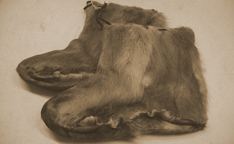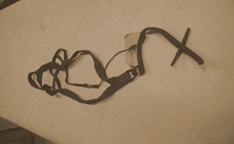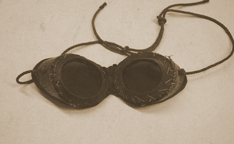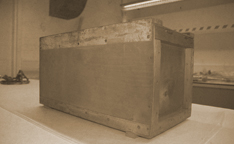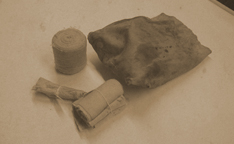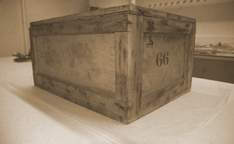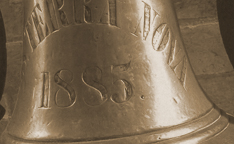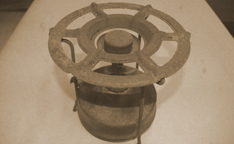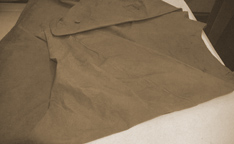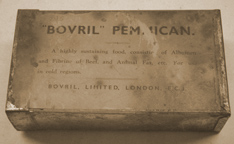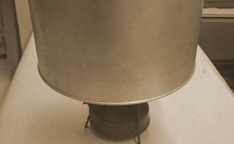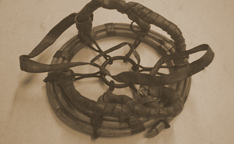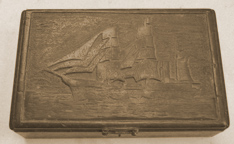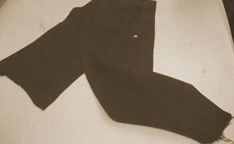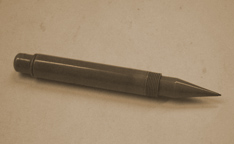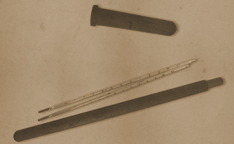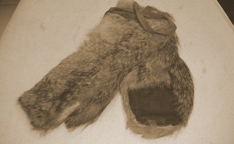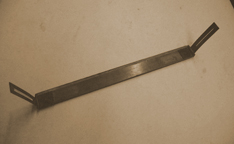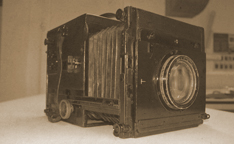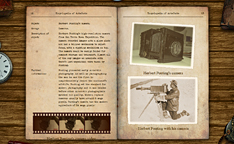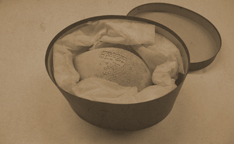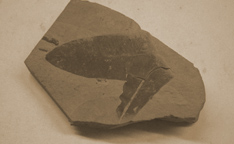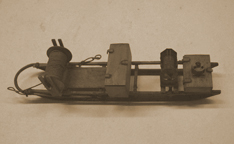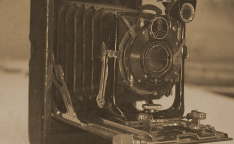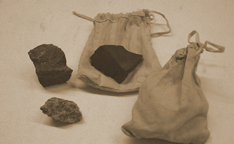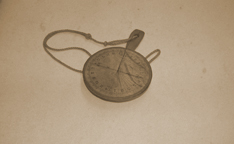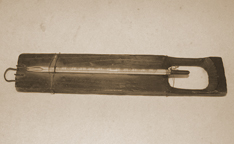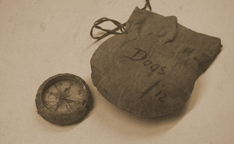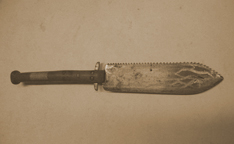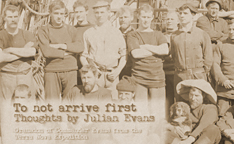British Antarctic Expedition 1910-13 (Terra Nova)
Expedition Aim
Led by Robert Falcon Scott, the aim of this expedition was to continue the scientific work begun on the British National Antarctic Expedition of 1901-04. The expedition was equipped to carry out extensive exploration and scientific experiments including biology, geology, glaciology, meteorology, and geophysics along the coast of Victoria Land and on the Ross Ice Shelf. They also aimed to be the first to reach the South Pole.
This is probably one of the most well-known Antarctic expeditions. In the popular imagination, Scott was competing against the Norwegian Amundsen to be the first to reach the South Pole. The idea of this 'race to the pole' continues to this day; however, this was not central aim of the expedition.
Summary
- Leader Robert Falcon Scott.
- Expedition ship Terra Nova sailed from London on 1 June 1910.
- They used ponies, dogs, and motorised sledges to move equipment and supplies and also manhauled their sledges.
- Bowers, Cherry-Garrard, and Wilson undertook the first journey ever carried out during the Antarctic winter to collect penguin eggs from the rookery at Cape Crozier.
- Scott, Wilson, Bowers, Evans and Oates made up the five man team who made the final 800 mile march to the South Pole.
- Scott's party were beaten to the Pole by the Norwegian Roald Amundsen and his team, who arrived 35 days before the British.
- On the return journey, suffering severe frostbite and realising he was slowing the others down Captain Oates was to utter the immortal phrase 'I am going outside and I may be some time' as he walked to his death in the hope the rest of the men would survive.
- Caught in unusually bad weather all five of the party were to perish in March 1912 on their return trip; their bodies were discovered by the search party in November that year.
- The six men who made up the Northern Party were forced to winter in an ice cave when Terra Nova was unable to pick them up. Left with only a month's worth of food, the men lived off penguin and seal before sledging back to Cape Evans as soon as the sun returned.
- When news of the fate of Scott and his men broke in Britain in 1913, a relief fund was set up to settle the expedition's outstanding debts and to provide pensions for the families of the Polar Party.
- The Scott Polar Research Institute in Cambridge was founded in memory of Scott and his achievements.
Other expeditions attempted on the Terra Nova Expedition
The support teams who had left Scott to continue to the South Pole had made it back to base, but they too had experienced a difficult return journey.
On the 13 January the last team to turn back - comprised of Lt Edward Evans RN, Tom Crean and William Lashly - reached the Shackleton Falls. Here, they had a choice: they could take a three day detour to get to the bottom, or they could rush the falls on their sledge. Lieutenant Evans who was the most senior man present asked the others what they would like to do, their reply being that as he was the officer he should decide. The glacier was rushed and, whilst they were battered and bruised, no bones were broken, and this saved them a three day trek. Exhausted on the return journey Lieutenant Evans broke down with a severe attack of scurvy.
On the 13 February he ordered that Crean and Lashly leave him behind. Against his protests the rest of the men bound him to a sledge in his sleeping bag and dragged him for over 100 miles. When they could go no further they made camp. Evans was to stay in the camp with Lashly remaining behind to look after him. His other companion, Crean, would make a desperate attempt to reach base; if he failed all three would perish. They were almost out of food and so Crean took only a few biscuits and a little chocolate with him. After a continuous eighteen-hour march over 30 miles, Crean made it to Hut Point and raised the alarm. Evans and Lashly were rescued and sledged back to camp.
As well as Scott's southern trip another sledging expedition had been planned. The Northern Party, led by Lieutenant Campbell, had gone northwards, wintering at Cape Adare (1911) and Evans Cove (1912). Their intentions were to gather geological data and a set of meteorological measurements independent of the main base camp. They spent several weeks near Mt. Melbourne carrying out geological work when the Terra Nova came to collect them.
However, the ship was unable to get near the shore due to the pack ice and, having nearly been frozen into the pack, was forced to give up relief efforts. The six men were marooned and were forced to winter where they were, with only one month's dried food as supplies. Their tents were too threadbare to last the harsh winter months and so they dug out a tiny ice cave, in a place which they called Inexpressible Island.
They lived mainly off seal meat, using an improvised stove and seal blubber for fuel. Due to the high meat content of their diet they did not succumb to the effects of scurvy. However, they did all suffer from food poisoning due to the dirty conditions of their cooking environment.
It was an extremely difficult time for the men, but they maintained naval discipline, splitting their ice cave into an officer's side and a men's side, and passed the time reading to each other and giving lectures. They managed their rations very strictly, with a chocolate stick at the weekend and extra raisins on a birthday. In doing this, all the men survived remarkably well and, when the sun returned, they left their ice cave and began their sledging trip back to Cape Evans on 30 September 1912.
Despite their physical weakness, the whole party managed to reach Cape Evans on 7 November, after a perilous journey which included a difficult crossing of the Drygalski Ice Tongue. They arrived back at base camp to discover the news of the death of Scott's Southern Party.
Awards from the expedition
The Polar Medal in silver with the bar ' ANTARCTIC 1910-13' was awarded to the shore party and those members of Terra Nova's crew who made more than one voyage.
Commander R. F. Scott, R.N.; Commander H.L.L Pennell, R.N; Lieutenant H.E. de P. Rennick, R.N; Commander W.M. Bruce, R.N.R; Surgeon G.M. Levick, R.N; Assistant Paymaster F.R.H. Drake, R.N; G.C. Simpson; E.W. Nelson; F. Debenham; R.E. Priestley; C.H. Meares; A. Cherry-Garrard; F.E.C. Davies, R.N; W.A. Horton, R.N; W.W. Archer, R.N; T. Clissold, R.N; R. Forde, R.N; T.S. Williamson, R.N; G.P. Abbott, R.N; H. Dickason, R.N; F. Parsons, R.N; A.S. Bailey, R.N; J. Leese, R.N; T.F. Mcleod; C. Williams; J. Paton; E.A. McKenzie, R.N; A. McDonald; W. H. Neale; D. Gerof; Commander E.R.G.R. Evans, R.N; Commander V.L.A Campbell, R.N; Lieutenant H.R. Bowers, R.I.M; Captain L.E.G. Oates, 6th Inniskilling Dragoons; Surgeon E.L. Atkinson, R.N; E. A. Wilson; T. Griffith Taylor; D.G. Lillie; C.S. Wright; H.G. Ponting; B.C. Day; T. Gran; A.B. Cheetham, R.N.R; W. Williams, R.N; W. Lashley, R.N; E. Evans, R.N; T. Crean, R.N; P. Keohane, R.N; F.V. Browning, R.N; F. J. Hooper, R.N; W. L. Heald, R.N; A. Balson, R.N; J. H. Mather, R.N.V.R; M. McCarthy, W. McDonald, R. Brissenden, R.N; W. Burton, R.N; T. McGillion; A. Omelchenko.
The Polar Medal in bronze was awarded to those members of the Terra Nova who made only one voyage. Those were: J.R. Dennistoun; W. Knowles; B.J. Stone, R.N; R. Oliphant; J. Skelton; C. Lammas.
In 1913, The Royal Geographic Society presented an inscribed casket containing the Patron's Medal and the Special Antarctic Medal that Robert Falcon Scott had been awarded earlier to his widow, Lady Kathleen Scott. After his death, Dr E.A. Wilson was posthumously awarded the Patron's Medal for his excellent work studying Antarctic zoology and skill as the expedition's artist.
The officers, scientific staff and those who died during the expedition were awarded a Special Award, containing of a silver copy of The Scott Medal that had been made in 1904.
Life after the expedition
World War I commenced the year after the Terra Nova expedition had returned to the United Kingdom and most members of the expedition served in the armed forces. After the War, Frank Debenham, a geologist, founded the Scott Polar Research Institute at the University of Cambridge that includes a polar library and museum. Charles Wright, a physicist, went on to become a leading scientist in the United Kingdom and Canada. Griffith Taylor, a geologist, had a distinguished university career. Apsley Cherry-Garrard, assistant zoologist, wrote the Worst Journey in the World, a classic of polar literature. Petty Officer Tom Crean RN went on Shackleton's Imperial Trans-Antarctic Expedition (1914–17) and returned home to Ireland where he opened a pub, 'The South Pole'. The heroic story of Scott and his men struggling together and then perishing on the return journey from the South Pole became established in British culture and history.
